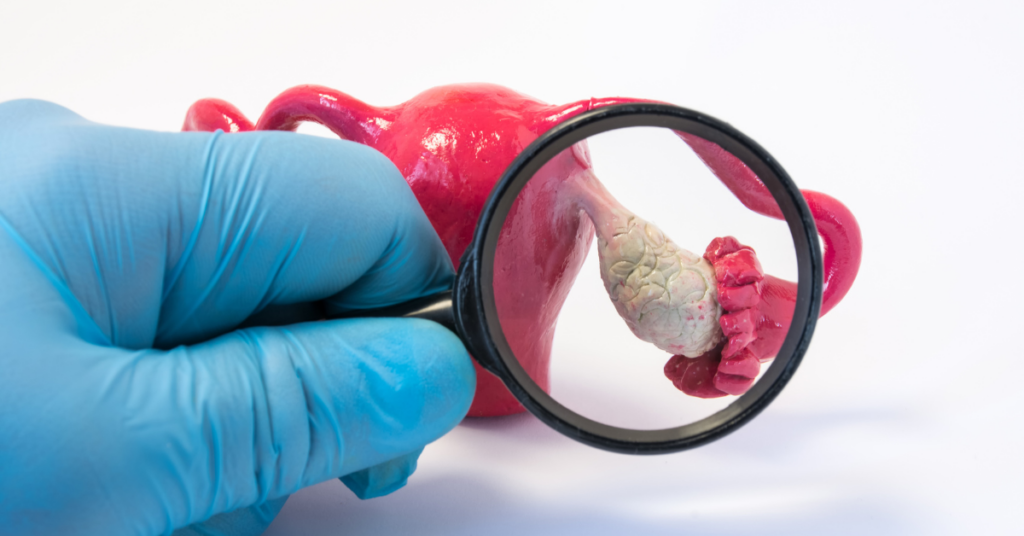What is Polycystic Ovarian Syndrome (PCOS)?
Polycystic Ovarian Syndrome is extremely common indeed; around 6-10% of all women are affected by this condition, although many are unaware that they have it. The phrase ‘polycystic’ signifies ‘many cysts’. These cysts are follicles that have matured but were never released, due to abnormal hormone levels.
In a proper-functioning ovary one of these follicles develops every month, releasing an egg into the fallopian tube.
Commonly abbreviated to PCOS and originally called Stein-Leventhal Syndrome after the first scientists who described it.
Signs and Symptoms
Not everyone with PCOS has symptoms. For those that do, the symptoms are wide-ranging and can include the following:
- Irregular periods – PCOS is the commonest cause of this
- Amenorrhoea (lack of periods)
- Excess facial and body hair
- Alopecia (hair loss) – due to an excess of the male hormone testosterone
- Infertility – up to 20% is due to PCOS
- Miscarriage
- Non-insulin dependent diabetes – women with PCOS are between 6 to 7 times more likely to develop this condition later in life
- Weight gain
- Acne
- High blood pressure
- Mood swings
- Fatigue
- Eating disorders such as bingeing and fasting
Possible Causes
The cause of PCOS is unknown, but there is thought to be a genetic link. Hormonal imbalances are also seen to be involved.
Diagnosis
- Clinical assessment of symptoms as well as a blood test of hormone levels. However, there is no one all-encompassing test for PCOS since although increased levels of luteinising hormone (LH) and follicle stimulating hormone (FSH) occur only with PCOS, this isn’t always the case. 50% of women with PCOS have normal levels of LH.
- Pelvic ultrasound.

